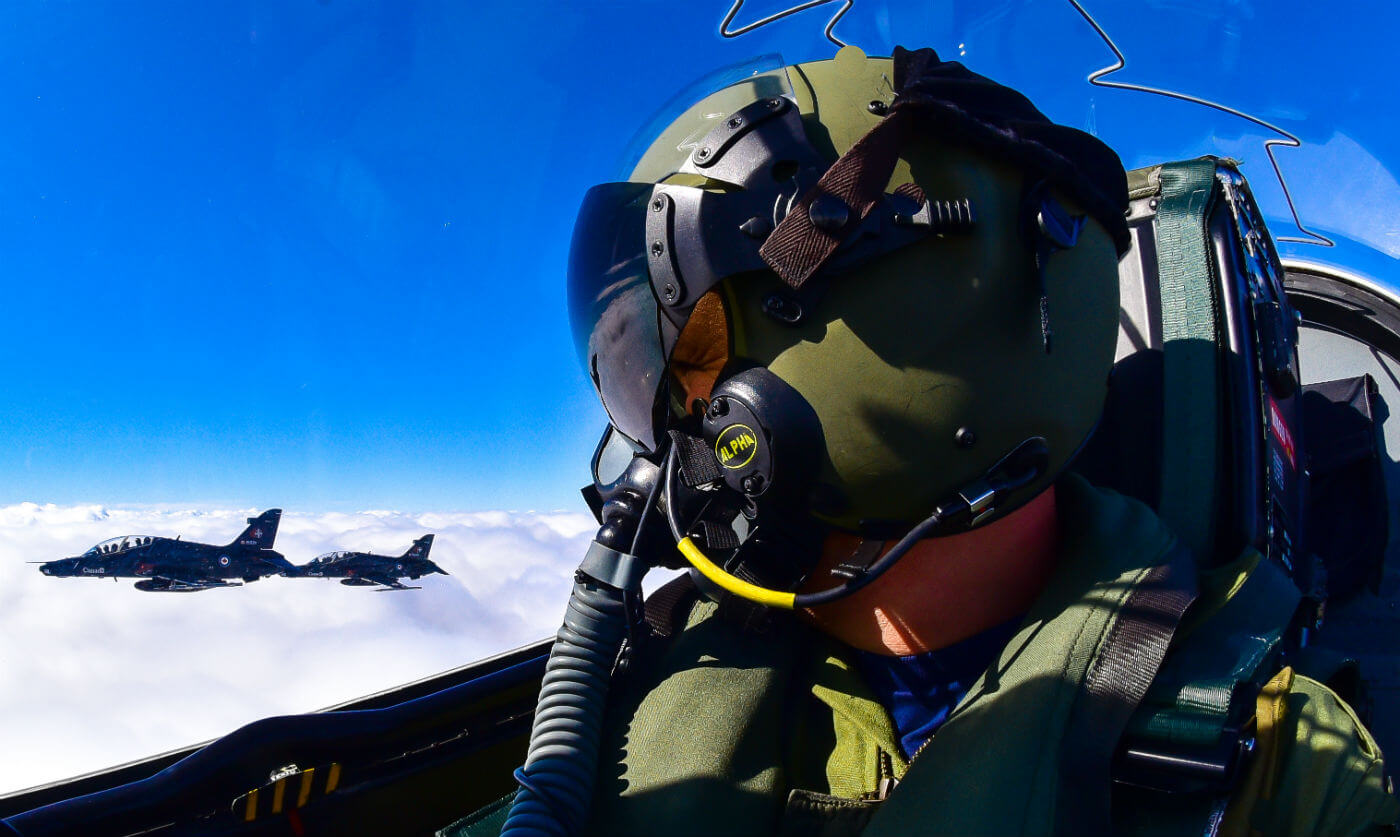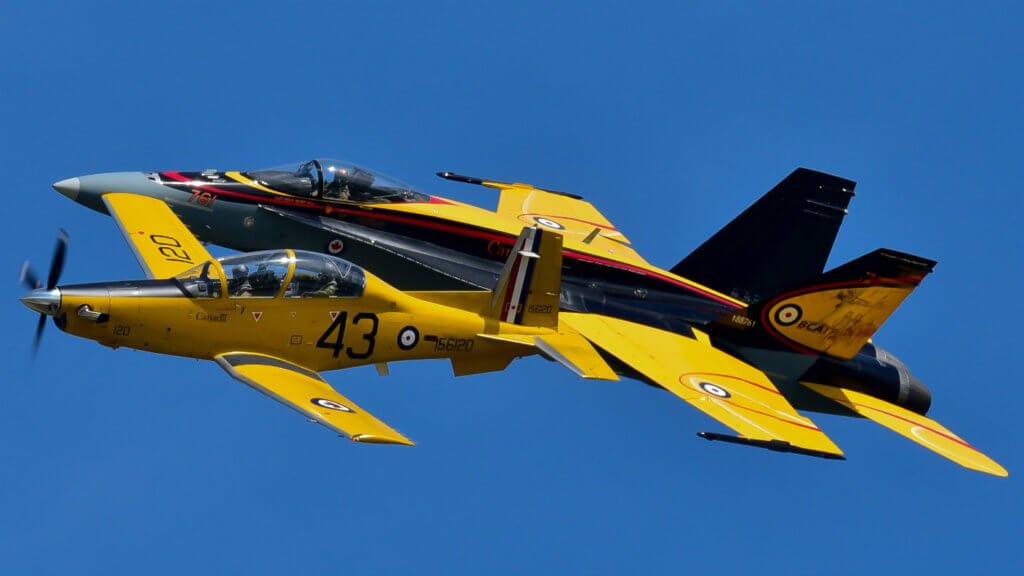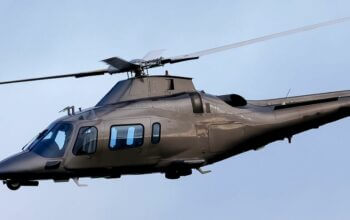Estimated reading time 7 minutes, 36 seconds.
One of the acquisition projects likely to follow a decision on Canada’s next generation fighter jet is the procurement of a new jet fighter training aircraft.

But as a final verdict on the replacement for the CF-188 Hornets shifts further to the right, so too has a project to select a replacement for the Royal Canadian Air Force’s (RCAF) small fleets of CT-156 Harvards and CT-155 Hawks.
Last week, the RCAF extended its contract with Montreal-based CAE to ensure delivery of the NATO Flying Training in Canada (NFTC) program from 2021 until at least 2023, with an option for an additional year. The increase in contract value associated with the amendment is valued at more than $300 million. This modification will reportedly allow the government the time necessary to determine its future aircrew training requirements.
The NFTC provides classroom, simulation and live flying training for entry level and advanced fast-jet, multi-engine and helicopter pilots at 2 Canadian Forces Flying Training School in Moose Jaw, Sask., as well as the multinational fighter lead-in training program at 419 Tactical Fighter Training Squadron in Cold Lake, Alta.
CAE acquired the NFTC program in October 2015 as part of a $19.8 million acquisition of the Military Aviation Training division of Bombardier Aerospace.
Since the acquisition, CAE has spent the past 16 months building a “strong, collaborative” relationship with the RCAF as the air force maps out its future aircrew training plans, said Joe Armstrong, CAE’s vice-president and general manager. But the delay on a new fighter jet and a “move to the right” on future training prompted both organizations to assess what would be required to ensure the availability of the Hawks and Harvards. The Hawks recently surpassed 100,000 flying hours, the highest flying rate of any operating Hawk fleet globally.
“We are in a position where we need to extend the life of the overall program” to maintain the ability to generate pilots, Armstrong said in an interview with Skies. “We need to make sure we can maintain operation of the whole fleet and the ground-based training system to ensure there is no gap in capability.”
CAE is currently conducting a fatigue life improvement program on the Hawk fleet and has identified a number of modifications for the airframes. It is also evaluating obsolescence and ongoing maintenance issues to determine what additional modifications and upgrades will be required to extend the life of both fleets.
Developing an upgrade plan for the aircraft has also provided an opportunity to modernize and improve the ground-based training system. CAE provides courseware, instructor stations and flight training simulators in Cold Lake and Moose Jaw and wants to “enhance the overall concept of how we deliver training,” Armstrong said.
In addition to replacing all visual systems with the latest Medallion 6000 series of image generators and high definition 4K projectors, CAE will capitalize on previous RCAF investments in high-fidelity terrain databases under the Operational Training Systems Provider (OTSP) program, which provides training systems and services for the CC-130J Hercules and CH-147F Chinook fleets in Trenton and Petawawa, Ont., respectively.
CAE will also upgrade the synthetic environment, which among other things would improve how weather effects are represented in the simulators, and introduce new training scenario generation stations, a critical need as the RCAF adjusts to new aircraft such as the Boeing F/A-18 Super Hornet and modifies its techniques, tactics and procedures. Instructors will also receive enhanced operator stations as well as new briefing and debriefing stations.

“It all speaks to enhancing the overall realism of the training experience as well as the entire management and production of new training scenarios,” said Armstrong. “All of this…is a big leap toward modernizing the way that we conceive of using the simulators and running the ground-based training system.”
While 419 Squadron will retain its single, 2000-era Hawk simulator, CAE will incorporate the capacity to network with the Hawk simulator in Moose Jaw.
“The concept of being able to fly a distributed mission operation in training and have pilots fly a mission together is something that is definitely going to be incorporated as part of the upgrades,” said Armstrong. “We certainly see that move to distributed mission rehearsal becoming a big part of the simulation-training enterprise that we want to deliver to our customers.”
Changes to the NFTC program are reflective of CAE’s broader global effort to grow beyond simulation systems to full training centres, with responsibility for delivering and supporting the classroom, academic simulation and live flying components.
In June 2015, subsidiary CAE USA was awarded an eight-year contract valued at approximately US$200 million to provide over 600 U.S. Army and U.S. Air Force fixed-wing pilots with initial and recurrent training from a CAE-owned and operated training centre at Fort Rucker, Ala.
More recently, on Jan. 12, the company won a US$500 million U.S. Army contract to provide classroom, simulator, and live flying training for rotary-wing pilots.
Armstrong said the Canadian OTSP training centres have become models for that concept, providing the “export experience story [that] we use as footings to grow that capacity in other regions. They are real showcases for what a [comprehensive] training concept can deliver.”








